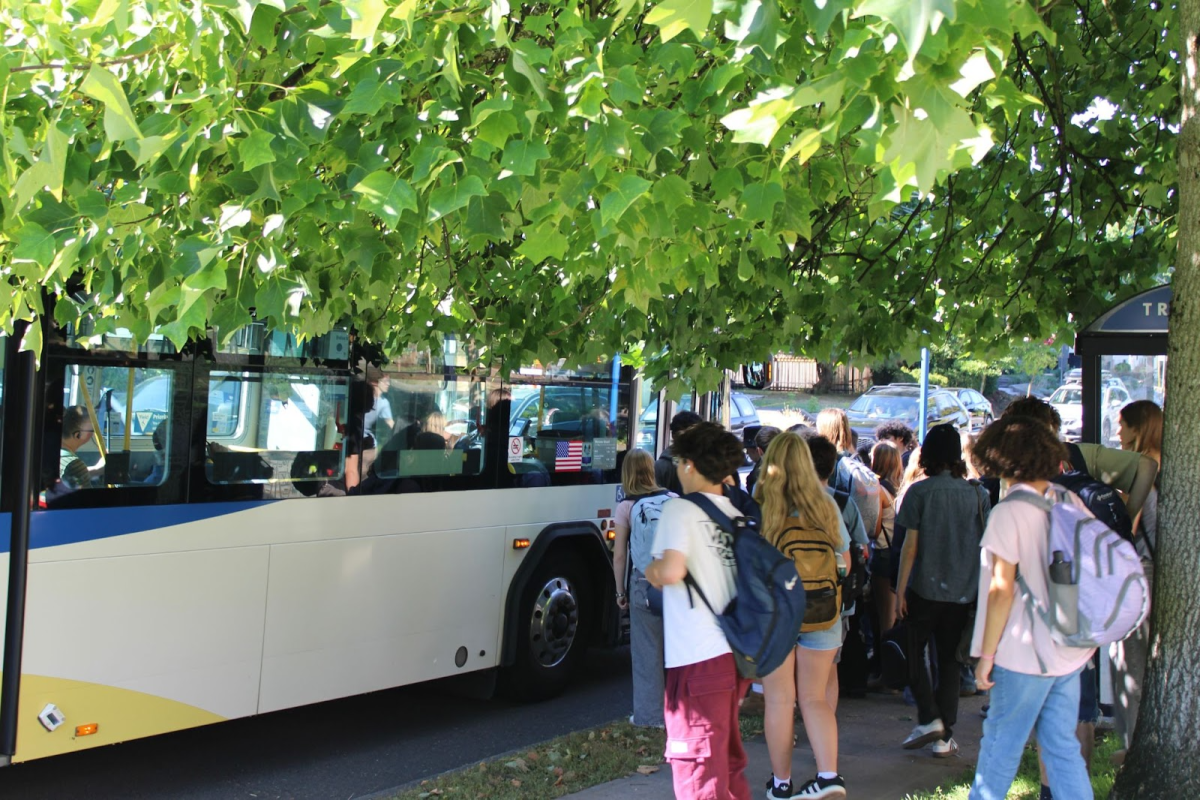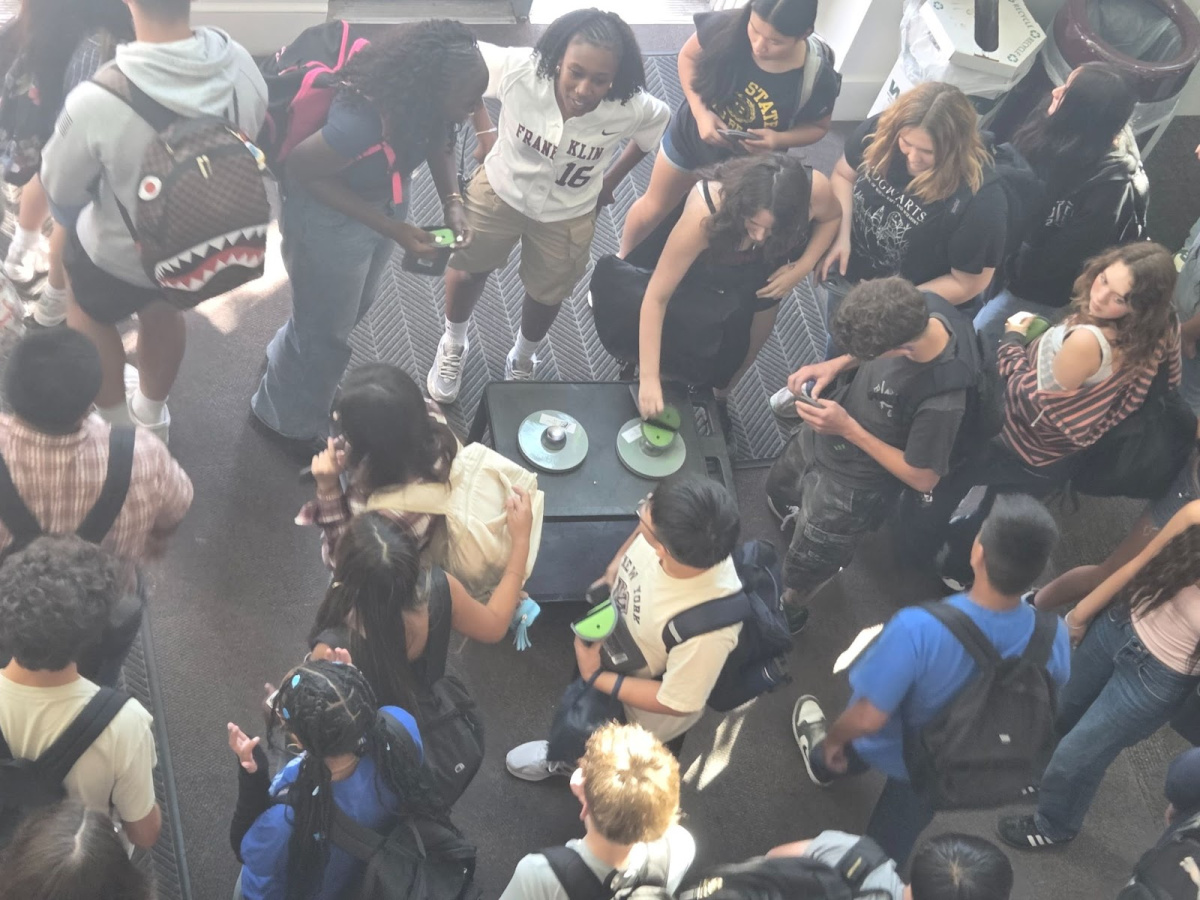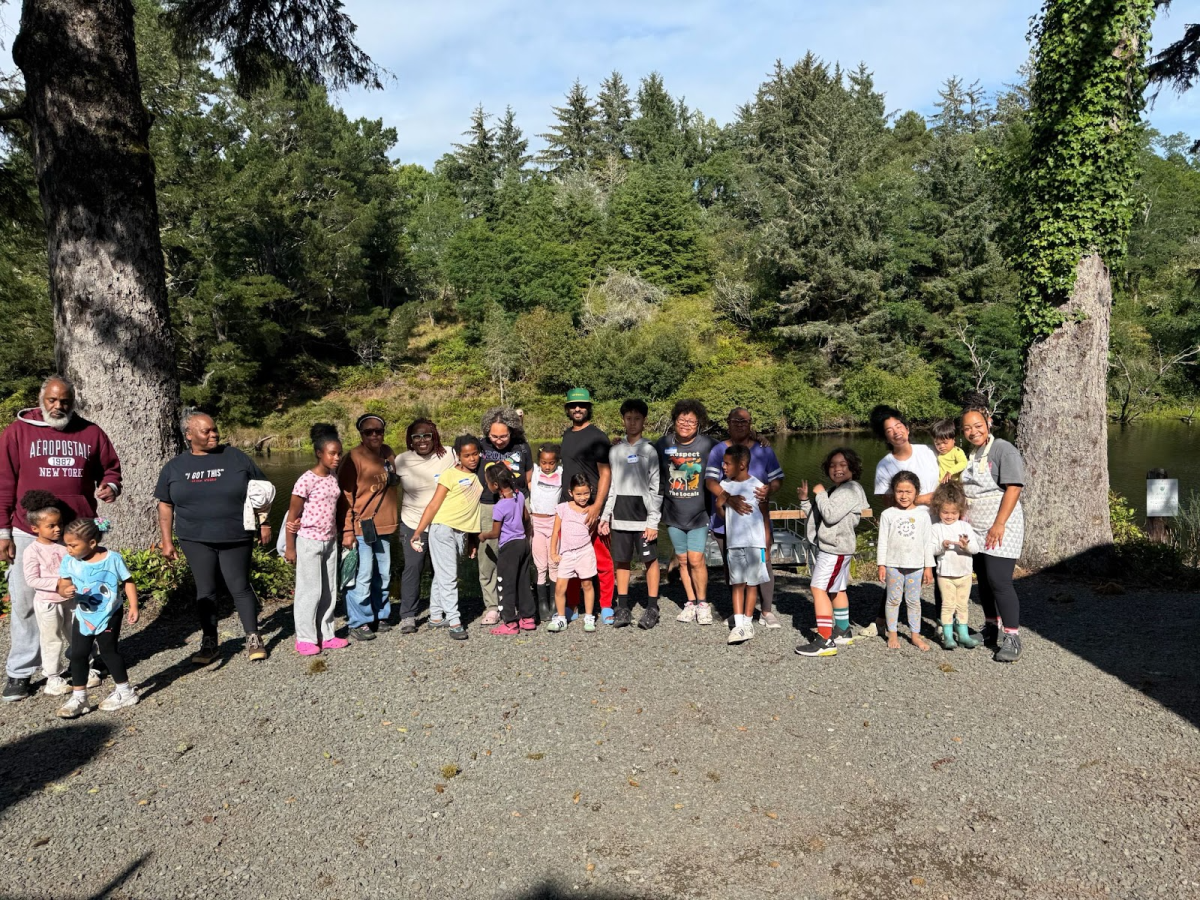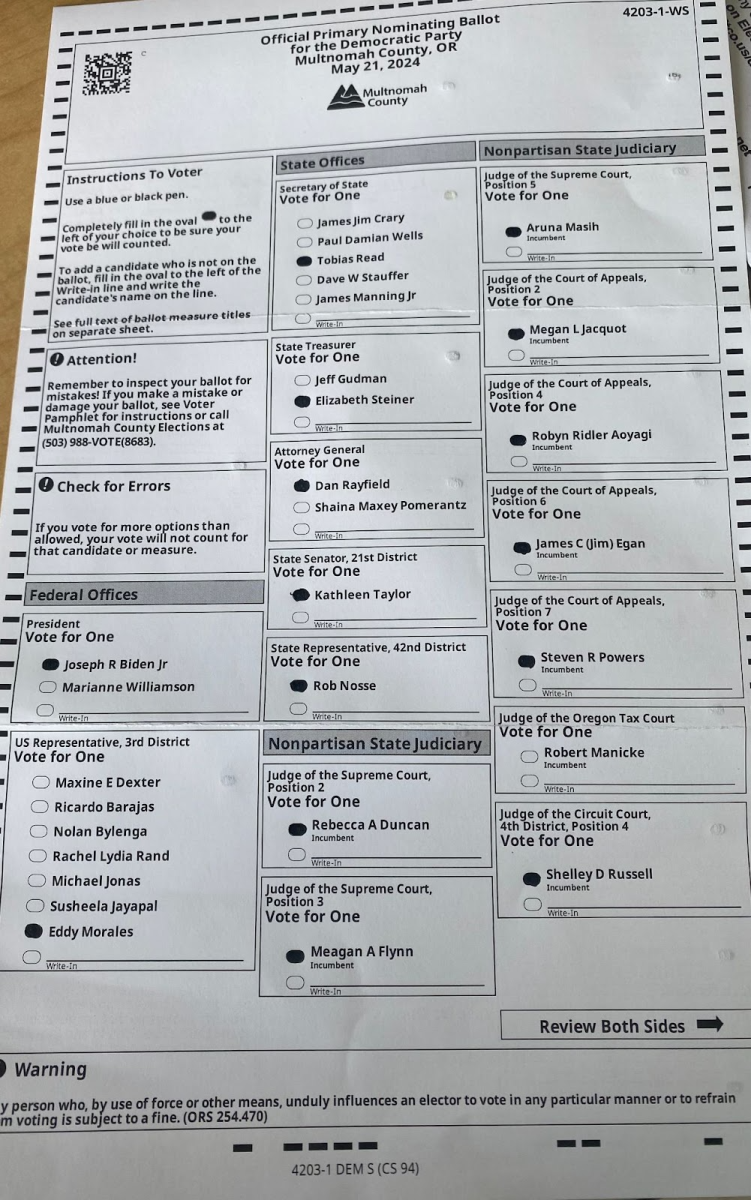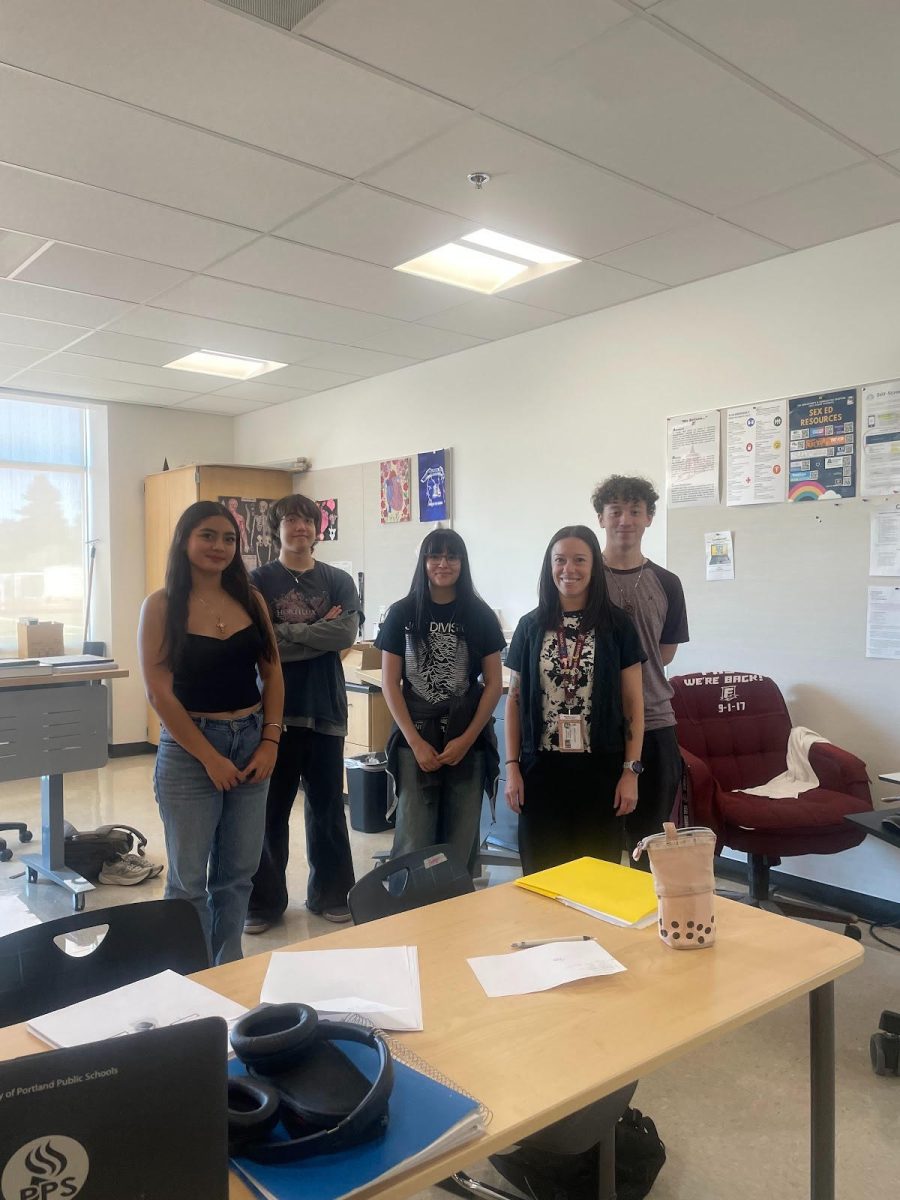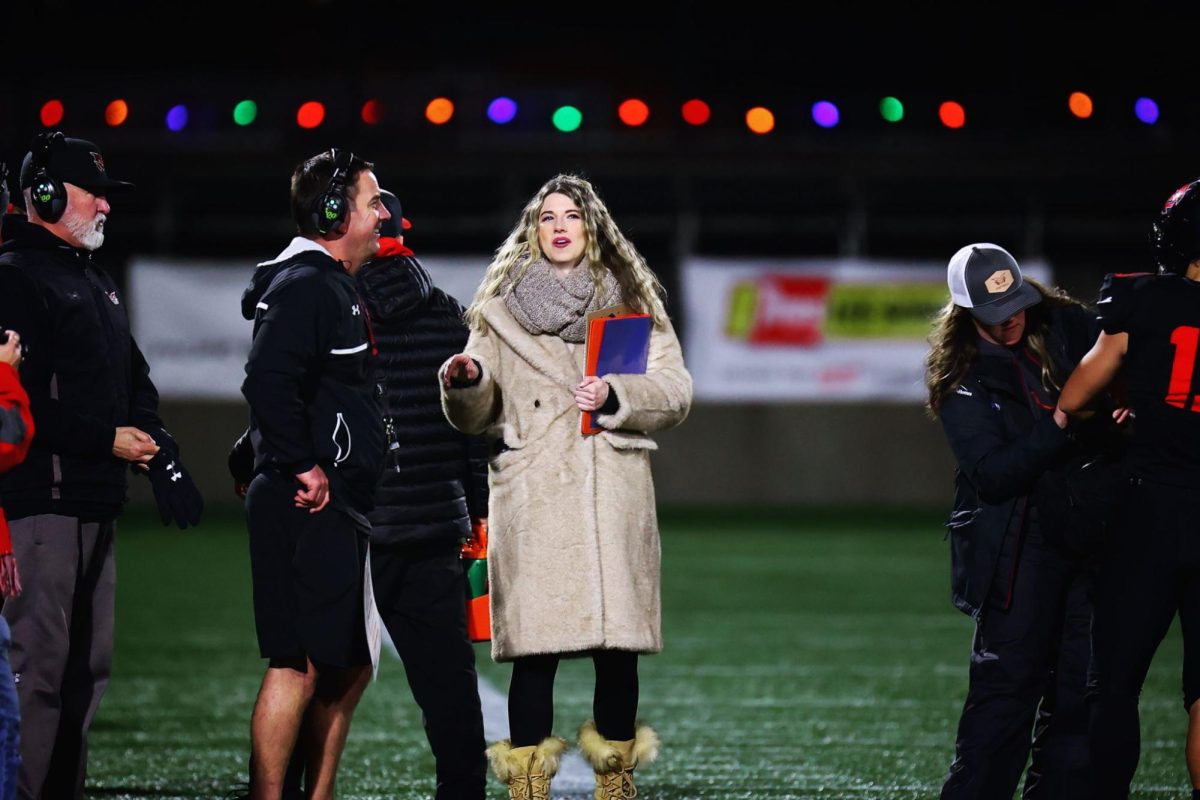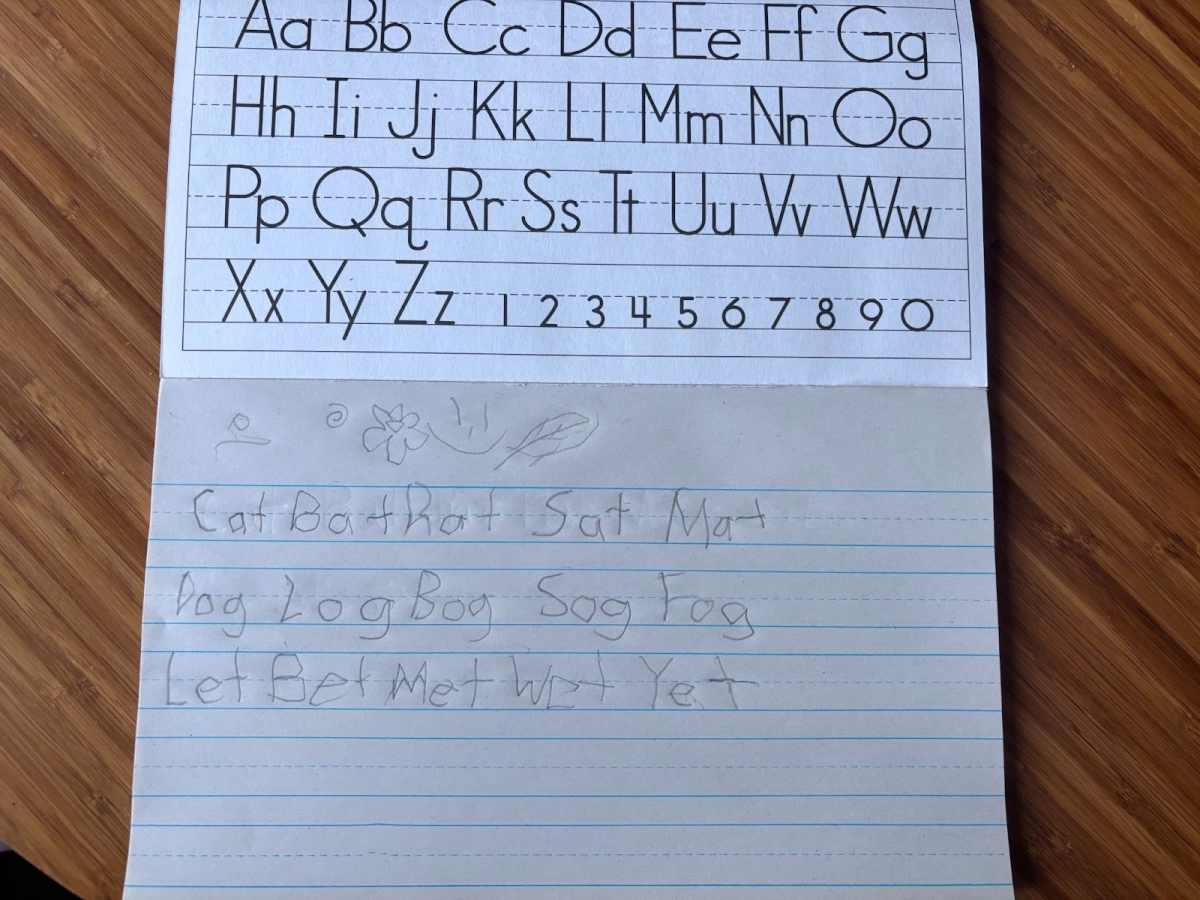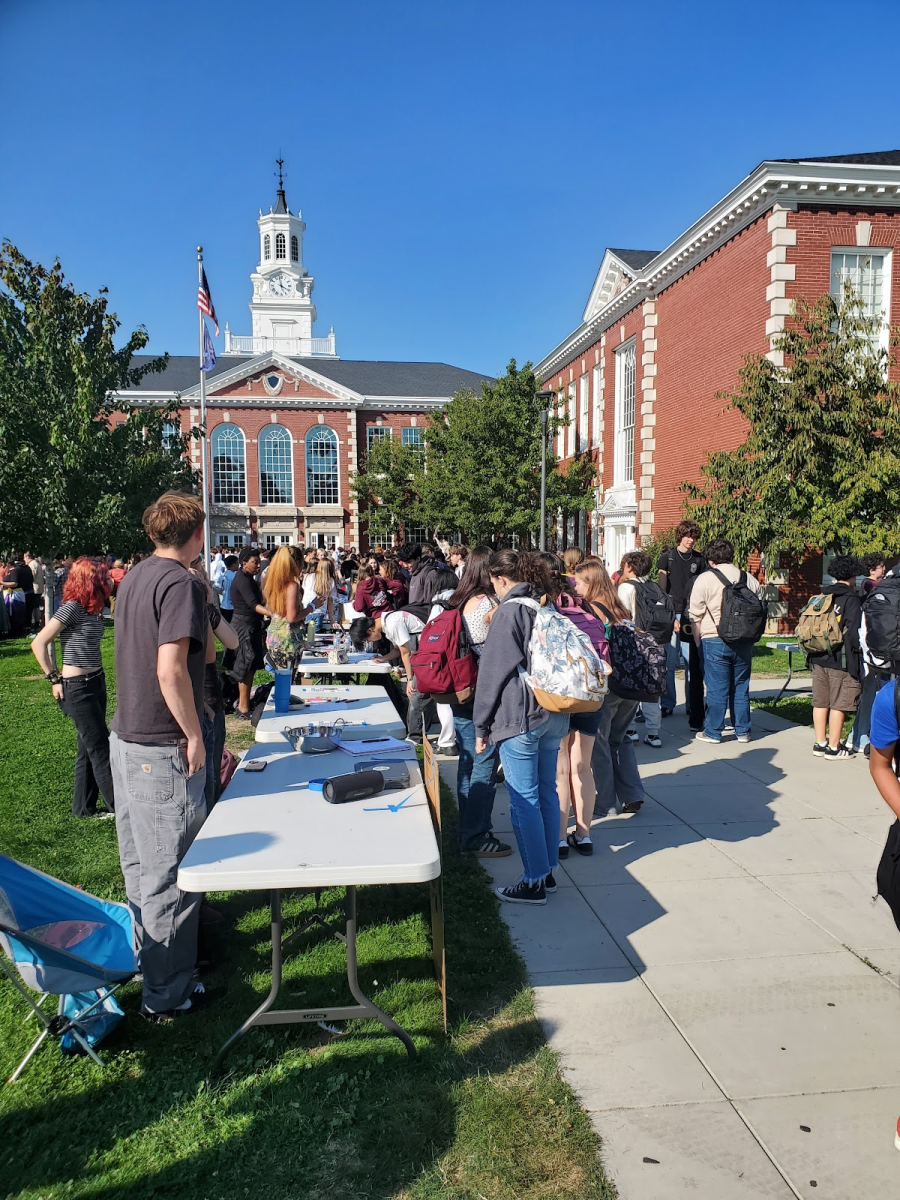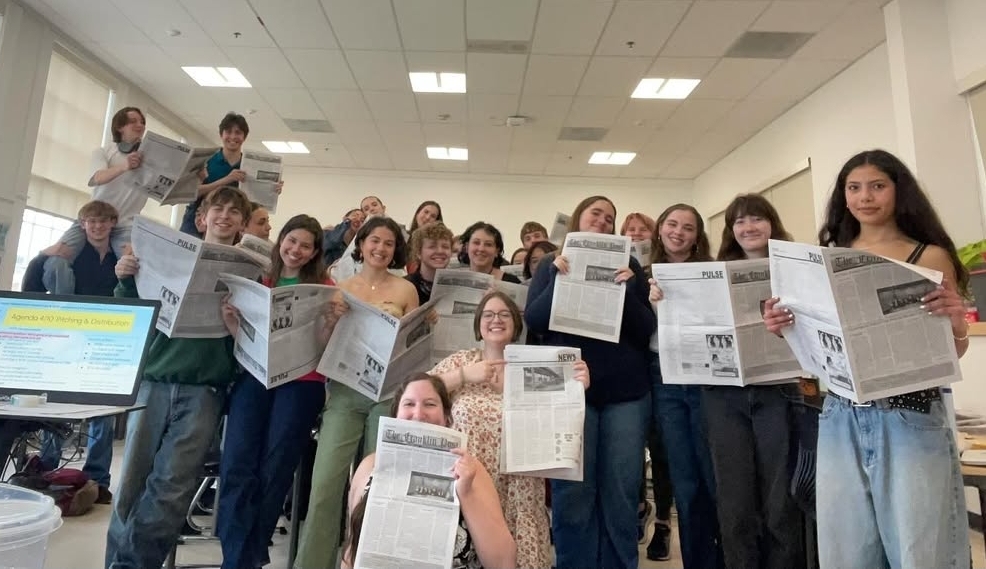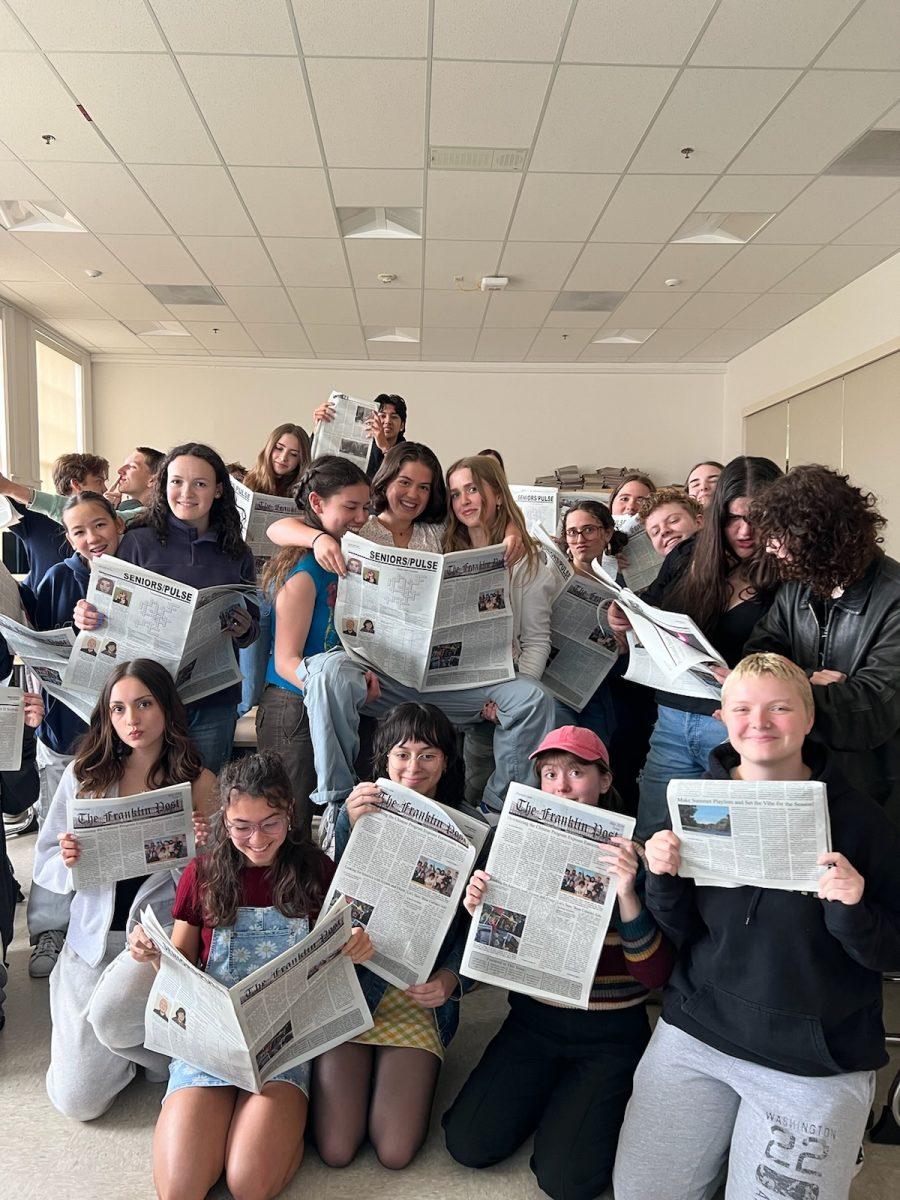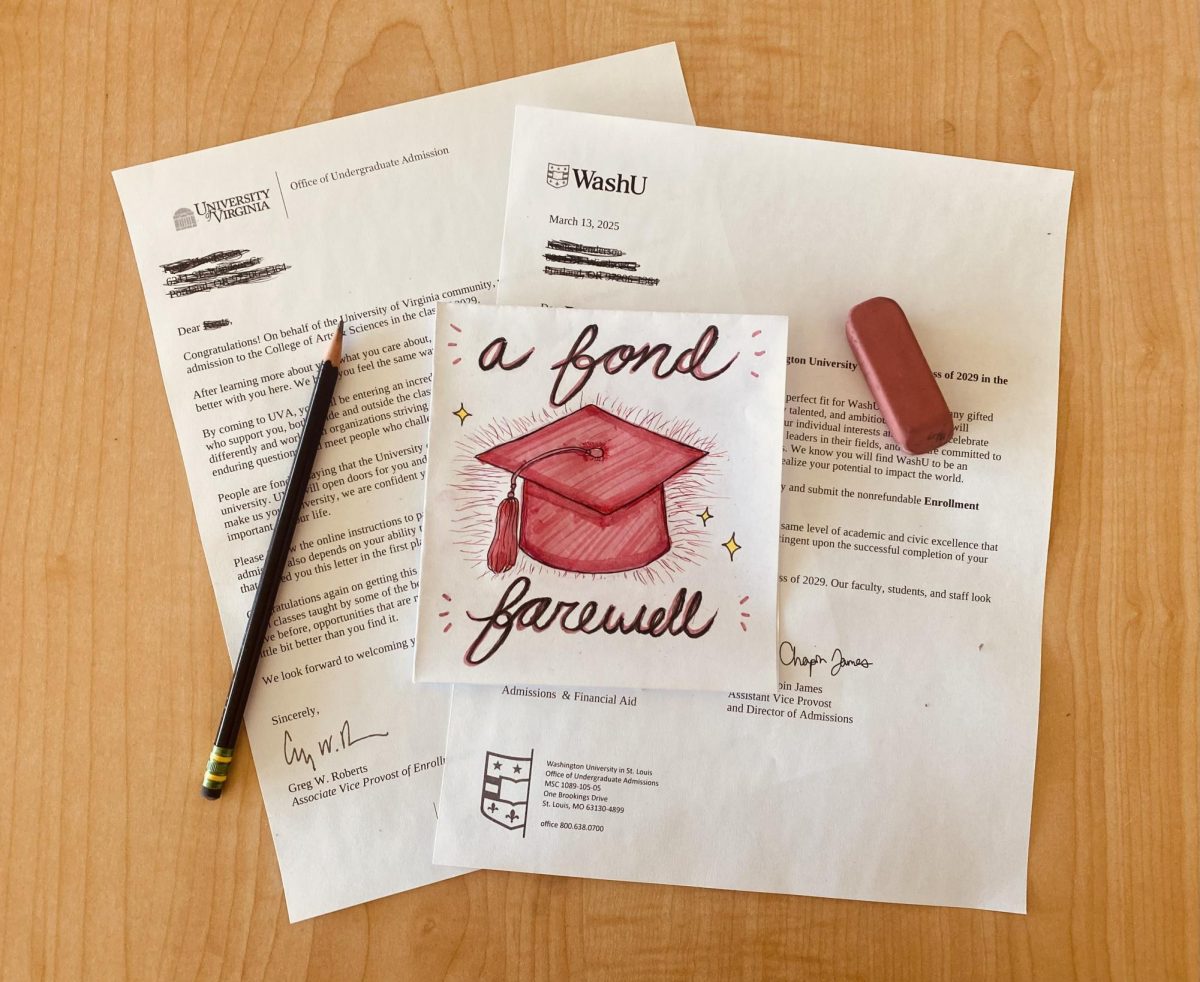
Can you imagine a classroom where students not only grasp onto new knowledge, but also feel truly seen and understood by their teacher and peers? The type of relationship a student has with a teacher can be defined by their success rate in school, as well as their comfort level in the classroom. Although student-teacher dynamics can be challenging, finding the perfect balance will create long-term benefits for both students’ academic and personal development.
Every teacher has their own teaching style. We have all had a teacher who gives minimal work, guarantees students an A, and treats every student like their best friend. Additionally, we have all had a teacher who assigns two hours of homework every night and has a strict set of classroom expectations. But which one is the healthiest? Which provides students with the most academic success?
In essence, respect and kindness are found in the foundation of every positive relationship, especially for students and teachers. Teachers should approach students fairly, acknowledge that each individual student learns differently, and navigate each student’s unique set of strengths and challenges. This means being understanding, patient, and willing to adapt teaching methods to meet diverse needs. Simultaneously, students need to respect their teachers’ competence and the effort they put into planning lessons, grading assignments, and providing guidance. When both sides genuinely value each other’s contributions, it fosters a positive atmosphere and will create a learning environment where everyone feels comfortable and open to sharing ideas and questions without fear of judgment.
Each teacher has their own student expectations and way of teaching. I have found that I work better under pressure. If a teacher has higher expectations, I work harder to fulfill them. When students know what a teacher expects, it is easier to follow through and achieve their standards. Franklin English teacher Elisa Wong says she is honest about what she wants from her students. “I don’t expect things that students can’t do,” she says. Wong continues, “If I can’t help a student with something, I would never expect it.” It is extremely difficult to succeed in a class when a teacher doesn’t clearly clarify their expectations and make them attainable.
In recent years since COVID-19, I feel teachers have lowered their expectations for students. I’ve seen teachers give full points to a student when an assignment is turned in, and fail to give feedback. Though some may think those teachers are doing us favors by giving students an easy A, this can harm their academic performances in future classes and schools. If a teacher is strict, it shows they genuinely care about students’ learning.
Wong is a warm demander who sets high expectations, but is kind and willing to be vulnerable with her students, saying, “I always work through things with students, never avoiding them.” She believes that organization, trust, honesty, willingness to help and ask questions, and being vulnerable are the keys to a productive learning environment.
Franklin math teacher Dylan Cohen agrees that compassion is vital in forming relationships. “Kindness also goes a long way,” he says. “We all deal with hard stuff and it comes up and comes out of us at different times.” Every student carries individual struggles with them, and one challenge for teachers is breaking through the barriers that some students may bring to the classroom. Franklin science teacher Beth Biagini says she supports her students however she can and will stretch to fit their needs. “I like to make my classroom feel like a home,” she says. Making the classroom a comfortable environment has the potential to reduce stress and make learning effective. If students feel relaxed, they may become more likely to participate and engage with the material.
It also helps significantly when the teacher is excited about what they teach. Franklin junior Elina Minato says this is very important. “If you can tell the [teacher] like[s] to teach and like[s] their job, it just makes it more fun to be in their class!” Franklin junior Parker Fritz, agrees. She explains that she has had several teachers who seem to not enjoy teaching their subject. “It always feels like I am a burden in their class,” Fritz says. When teachers do not enjoy the subject they teach, it can create a disconnect between student and teacher, and students may be less likely to engage. Cohen adds to this, saying he used to look up to a teacher who “treated me like a person, not a chore.”
Making lessons engaging will also allow for meaningful connections. This can look like not only giving lectures, but also allowing students to discuss and switch up lessons. Rhonda Gray, a Franklin social studies teacher, says she loves interactive lessons. “Learning is fun when students engage with the lesson.”
All students have different needs that must be met in order for them to succeed. Therefore, not all students believe that a stricter teacher benefits education and learning. An anonymous Franklin junior says that a more lax teacher helps them learn. Several other students agree. It helps when teachers are not pressuring students to finish incomplete work, the Franklin junior explains.
It is important for teachers to teach in a variety of ways, especially since every student learns differently. Franklin senior Minh-Thuy Tran says that she appreciates when teachers “accommodate all learning paces and let you feel comfortable asking questions, as well as offering breaks and being open-minded.”
Another factor in student-teacher relationships is teachers sharing stories from their personal lives, and give life lessons based on their own experiences. It’s sometimes rare for a teacher to do this, but it can give students an adult perspective and help them to make connections; connections that may ultimately lead to a relationship where a student and teacher really know one another.
Every student should know what to expect from their teachers in order to perform their best in school. No matter what, education is the foundation upon which community members build their futures, and the relationships formed with teachers will have a lasting impact on students’ lives.

